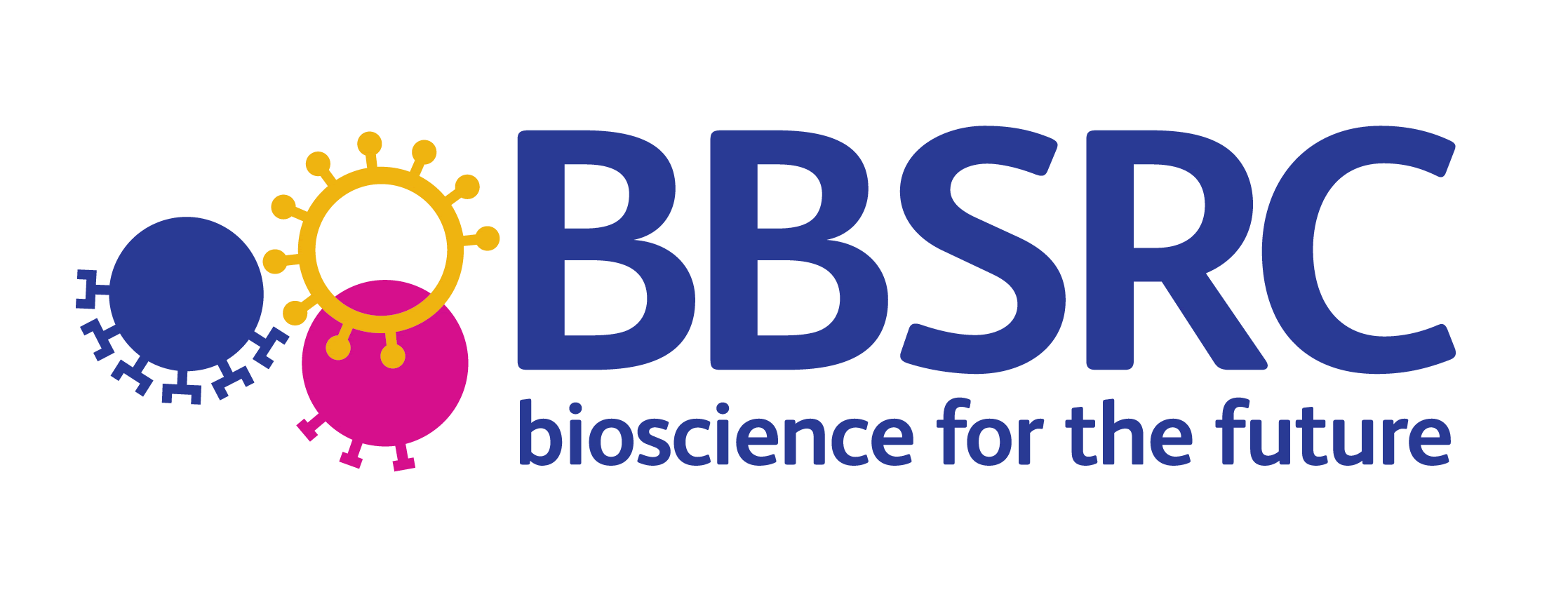Options to view results in Jalview (www.jalview.org)
Three types of results are available to work with in Jalview:
Choose option 1 if you are mainly interested in the prediction for your sequence, but also want to see the patterns of residue conservation in the alignment that was used. This view deletes any residues not in the Query sequence that would lead to a gap in the query sequence. (The PSI-BLAST Multiple Sequence Alignment (MSA) as used by JNet for the prediction.)
Choose option 2 if you want to see the full-length sequences shown in option 1. This is useful if you want to use the alignment for further analysis, or make changes to it. The alignment includes gaps and insertions but is filtered for redundancy and reduced to a maximum of 1000 entries.
Choose option 3 if you want to see the full results of the PSI-BLAST search. Useful as a way to explore the sequences related to the one you are interested in. This option can give very large alignments that may not load on smaller memory computers.
Clicking the Jalview logo will download and start a local copy of the Jalview application to your computer.
IMPORTANT NOTE: The default setting is to use 7GB of memory for Option 3 and 1 GB for Options 1 and 2. This should allow you to work with most MSAs produced by JPred. However, if your PC has less or more memory, you can choose a different value. We recommend selecting a value that is slightly less than half the memory (RAM) on your computer.
Memory to be used: 7GB

This Jpred prediction was made with following:
Jnet version: 2.3.1
UniRef90 release: 2014_07, 09-Jul-2014

